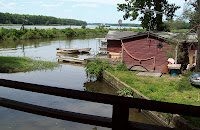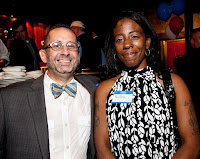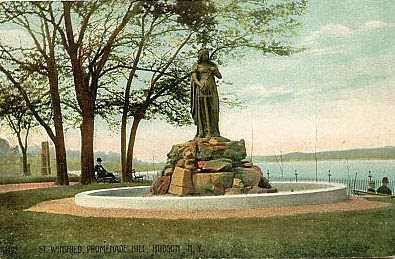The First Annual OutHudson Parade Awards Ceremony happened tonight, and a week and two days after the spectacular OutHudson Pride Parade, Gossips is now able to announce the winners, chosen by the team of judges: Tiffany Martin Hamilton, Richelle Martin, and Rick Rector.
 |
| Photo: David Voorhees |
Here are the winners:
Most Hudson Spirit: COARC
 |
| Photo: Paxton Ouellette |
Best in Theme: Camphill Hudson
Best Music: The Rosendale Improvement Association Brass Band and Social Club
Most Pride: Rosery Flower Shop
 |
| Photo: Paxton Oeullette |
Most Kitsch: BackBar
Most Fabulous: Trixie and Her Entourage
Butchest: The Greene County Pipe Band
Most Out There: Lil Deb's Oasis
 |
| Photo: Paxton Ouellette |
There were also awards in categories other than the original eight. The award for Best Dressed Business went to Wm. Farmer & Sons, and a Lifetime Achievement Award went to Lisa Durfee, who in every Pride Parade in Hudson except the most recent one has created a rainbow of vintage dresses from her shop, Five & Diamond.
COPYRIGHT 2017 CAROLE OSTERINK


















































